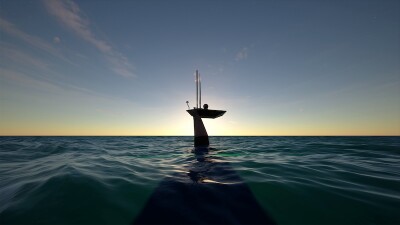A new report from Kevin Sterling’s analyst team at BB&T Capital Markets begins by rhetorically asking whether a “barge is becoming the new railcar” for movements of crude oil. The answer, in the opinion of Sterling’s team, is a resounding yes.
Drawing on a number of sources, the report, based on intelligence gathered at a recent conference where Sterling spoke, talks about a “multi-year cycle that’s still in its early stages.” As ammunition to support this claim, the writers state that: “…numerous conference participants indicated to us that they were planning to grow their barge movements.” They went on to assert that conference participants not currently using barges said they planned to do so in the near future.
As new mid-streaming supply chains open up, the barge mode is used as a complement to pipeline and rail. The BB&T report requires multiple pages to list the many projects that have a marine interface on the inland waterways and along the U.S. Gulf and West Coasts.
The growth in North American energy production, pegged at 8.6 million bbls./day in August 2014, is well known. In this report, the analysts do break new ground in discussing the role of barging in offering “last mile” water access to many refineries. Noted are the water mode’s flexibility (as opposed to pipelines or rail access where new lines must be built) in the face of fluctuating prices and multiple types of crude oil.
In the report's company section, fleet expansion plans of Kirby, Ingram and other inland operators are discussed, along with those of coastal denizens Reinauer, Harley Marine, Moran and Seabulk (along with Kirby’s coastwise group).




